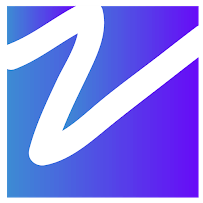As a web developer, it’s important to have a strong understanding of HTML, the markup language that forms the foundation of the web. In this post, we’ll go over 10 essential HTML tags that every web developer should know.
<html>: The root element of an HTML document, the<html>tag encloses all other HTML content on the page.<head>: The<head>element contains metadata about the document, such as the title, character encoding, and links to stylesheets and scripts.<title>: The<title>element specifies the title of the document, which is displayed in the browser tab or title bar.<body>: The<body>element contains the main content of the document, such as text, images, and links.<h1>-<h6>: These heading tags define headings of different levels, with<h1>being the most important and<h6>being the least important.<p>: The<p>element is used to define a paragraph of text.<a>: The<a>element is used to create a hyperlink to another web page or a specific location on the same page.<img>: The<img>element is used to insert an image into the document.<div>: The<div>element is a generic container for HTML content, and is often used to group elements together for styling purposes.<span>: The<span>element is a generic inline container for HTML content, and is often used to apply styles to small blocks of content within a larger block.
These are just a few of the many HTML tags available, but learning these basics will give you a strong foundation for building web pages. As you become more comfortable with HTML, you can start exploring more advanced tags and techniques. Some other common HTML tags include <header>, <footer>, <main>, <section>, <article>, <aside>, <nav>, <form>, <input>, <button>, <select>, <textarea>, <table>, <thead>, <tbody>, <tr>, <th>, <td>, and many others. It’s important to understand the purpose and usage of each of these tags in order to create well-structured and accessible web content.



Leave A Comment